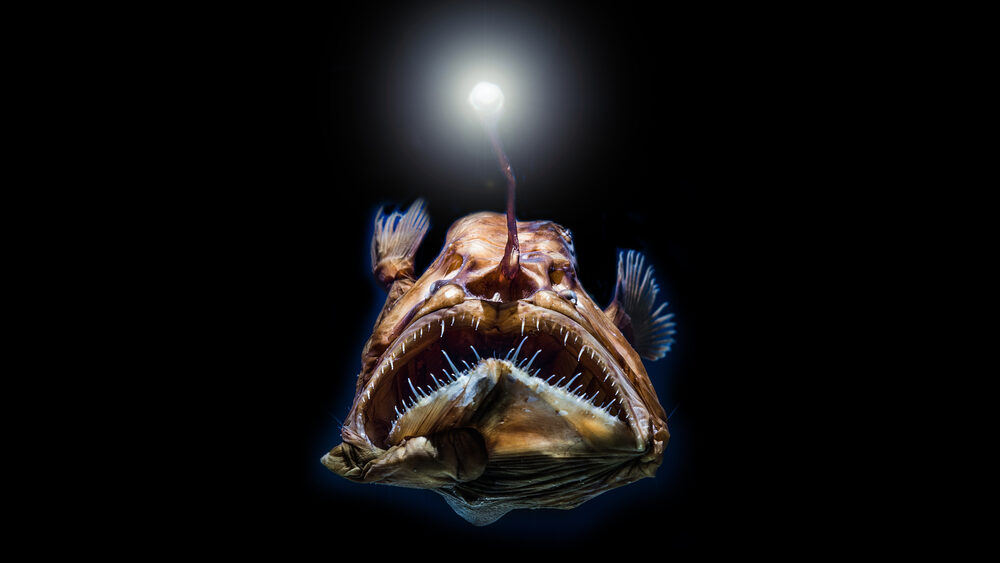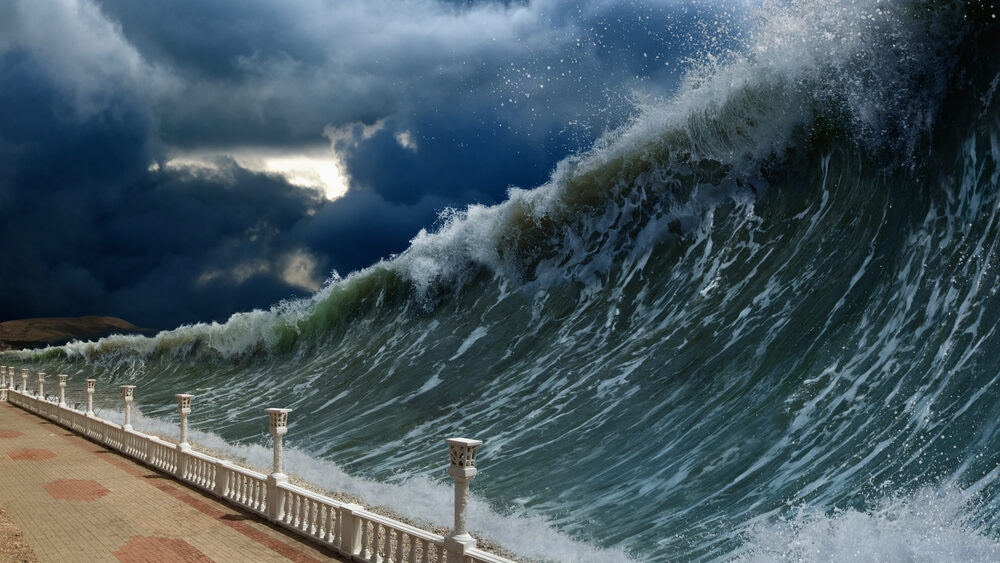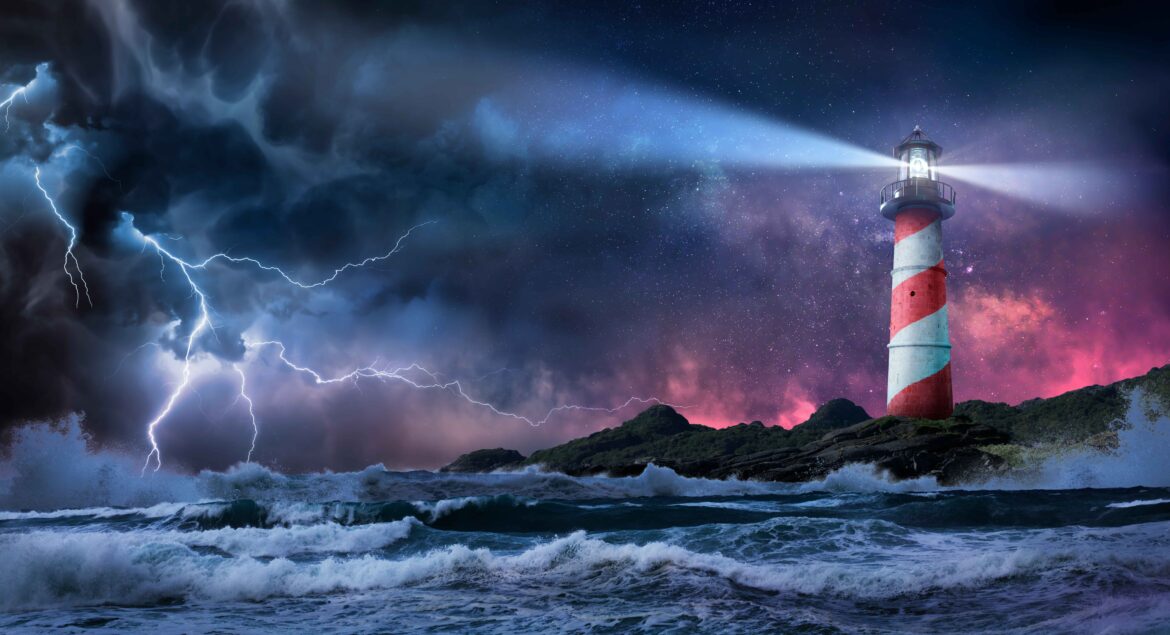The mysterious depths of the ocean hold countless secrets, many of which remain unexplored. However, in recent times, reports of rare deep-sea creatures washing ashore have sparked curiosity and concern. Is this an indication of an impending natural disaster? Could these deep-sea anomalies be nature’s way of warning us about seismic activity or climate change? In this blog, we will analyze the reasons behind this phenomenon and its possible implications.
Why Are Deep-Sea Creatures Appearing on Shores?
The sudden appearance of deep-sea creatures on beaches worldwide has raised questions among scientists and marine experts. Several factors may contribute to this unusual event:

1. Underwater Seismic Activities and Earthquakes
One of the leading theories suggests that deep-sea creatures may be sensing tectonic movements beneath the ocean floor. Many marine animals, especially those living at great depths, have heightened sensitivity to vibrations and pressure changes. This theory is supported by historical events where rare marine life was found on shores before major earthquakes occurred.
For example, deep-sea oarfish, often called “earthquake fish,” have been seen before significant seismic activities in Japan. Scientists believe these creatures might be responding to underwater disturbances, seeking safer waters closer to the surface.
2. Climate Change and Oceanic Temperature Shifts
Climate change is altering ocean temperatures, affecting marine ecosystems. When deep-sea temperatures fluctuate, some species that thrive in colder, deeper waters may be forced to move towards the surface or different regions, leading them to wash up on beaches.
Ocean acidification and depleting oxygen levels due to rising temperatures also play a role. Many deep-sea organisms are highly sensitive to these changes, and their sudden displacement could be a survival response to deteriorating conditions in their native habitat.
3. Pollution and Human Activities
Marine pollution, including plastic waste, oil spills, and chemical contaminants, can disrupt deep-sea ecosystems. As human activities continue to degrade ocean environments, marine life is forced to migrate. Some deep-sea creatures may surface in search of cleaner habitats but end up stranded on beaches instead.
Moreover, deep-sea mining and underwater drilling disturb the natural balance, affecting species that rely on stable environments. When their habitats are destroyed, these creatures may become disoriented and unintentionally drift ashore.
4. Natural Ocean Currents and Weather Patterns
Shifts in ocean currents, storms, and underwater turbulence can carry deep-sea organisms to shallower waters. Events like El Niño and La Niña have been known to influence ocean temperatures and currents, altering marine life distribution.
Powerful hurricanes and typhoons can also disturb the seabed, pushing rare species toward coastlines. While not always linked to impending disasters, such occurrences highlight the complex relationship between oceanic events and marine biodiversity.
Is This a Warning Sign of a Natural Disaster?
While deep-sea creatures appearing on shores can sometimes precede seismic activities, it is not a definitive warning sign of an earthquake or tsunami. Scientific studies have yet to establish a direct link between marine strandings and major natural disasters.
However, these incidents should not be ignored. They highlight critical environmental changes, including ocean warming, habitat destruction, and pollution, all of which demand urgent attention. Observing and studying these occurrences can help scientists better understand Earth’s natural warning systems.

What Can Be Done to Protect Marine Life?
To minimize the impact of human activities on marine ecosystems, certain measures need to be taken:
- Reducing pollution by minimizing plastic waste and chemical runoff into oceans.
- Sustainable fishing practices to prevent overexploitation of marine species.
- Monitoring oceanic changes through advanced research and technology.
- Conserving deep-sea habitats by limiting destructive activities like deep-sea mining and drilling.
Governments, environmental organizations, and individuals must work together to protect marine biodiversity and prevent further disruption to ocean life.
Conclusion
The appearance of rare deep-sea creatures on beaches worldwide is a fascinating yet concerning phenomenon. While these occurrences might not always indicate an impending disaster, they do serve as reminders of the changing state of our planet. By understanding and addressing the factors contributing to these events, we can work towards protecting marine ecosystems and ensuring a healthier environment for future generations.
FAQs on Rare Deep-Sea Creatures Coming Ashore
1. Why are deep-sea creatures washing up on beaches?
Deep-sea creatures may come ashore due to underwater seismic activities, climate change, ocean pollution, and shifts in ocean currents. These factors disrupt their natural habitats, forcing them to surface.
2. Can deep-sea creatures predict earthquakes?
Some scientists believe that certain species, like the oarfish, can detect underwater seismic activities. However, there is no conclusive scientific evidence proving that they can predict earthquakes with accuracy.
3. Does climate change affect deep-sea creatures?
Yes, climate change impacts ocean temperatures and oxygen levels, disrupting deep-sea ecosystems. Many marine species are forced to migrate due to these environmental shifts.
4. What should I do if I find a deep-sea creature on the beach?
If you encounter a stranded deep-sea creature, avoid touching it and contact local marine authorities or wildlife experts. Some species may be toxic or require special care.
5. How can we help protect deep-sea marine life?
Reducing plastic waste, minimizing chemical pollution, supporting marine conservation programs, and promoting sustainable fishing practices are essential steps to protect deep-sea ecosystems.
By staying informed and taking proactive measures, we can contribute to preserving the delicate balance of ocean life and ensuring a sustainable future for marine species.


